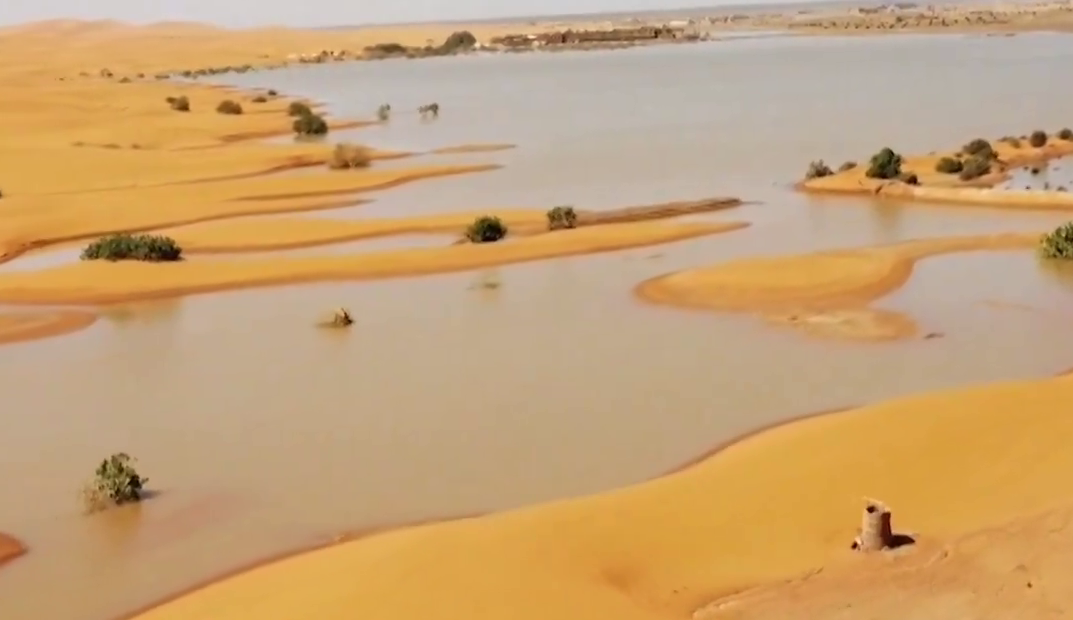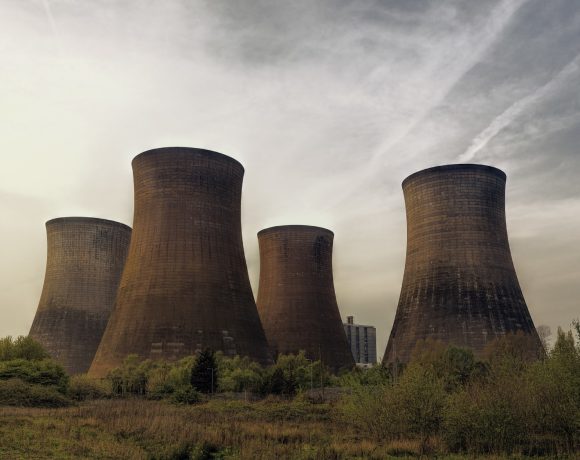
Sahara Desert Transformed by Rare Downpour After 50 Years
A rare downpour has revitalized one of the driest regions on Earth, bringing an unexpected change to the heart of the Sahara Desert. Southeastern Morocco, known for its arid climate, experienced a torrential rainstorm that has not been seen in over 50 years. Pools of water now shimmer between palm trees and sand dunes, rejuvenating areas long parched by drought.
Water gushes through sand dunes after a rare rainfall in the #Sahara desert
A rare deluge of rainfall left blue lagoons of water amid the palm trees and sand dunes of the Sahara desert, nourishing some of its driest regions with more water than they had seen in decades. pic.twitter.com/1HrGxOo72D
— Mina (@Mina696645851) October 9, 2024
Unprecedented Rainfall in Southeastern Morocco
The Moroccan village of Tagounite, situated 450 kilometers south of Rabat, received over 100mm of rain within just 24 hours this past September, according to the country’s meteorology agency. This downpour shattered the region’s average annual precipitation, transforming landscapes that had remained dry for decades.
Recent NASA satellite images captured the replenishment of Lake Iriqui, a dry lake bed that had not seen water for nearly half a century. Experts have identified the event as an extratropical storm, with concerns that the increasing frequency of such storms could alter the region’s climate in the future.
Climate Change Impact on the Sahara
The Sahara Desert, which spans over 9 million square kilometers across Africa, is becoming more susceptible to extreme weather events driven by global warming. Rising global temperatures are causing increased evaporation and greater atmospheric moisture, leading to more intense rainfall and, paradoxically, worsening drought conditions.
Last month’s severe flooding in Morocco, which claimed 18 lives, highlighted the growing unpredictability of the region’s weather patterns. As dammed reservoirs reached unprecedented levels, scientists warned that storms of this scale could become more frequent due to the ongoing climate crisis.
The World Meteorological Organisation emphasized the accelerating hydrological cycle, cautioning that the balance between too much or too little water has become increasingly precarious. The Sahara’s transformation may offer a glimpse into the future of climate-driven extremes.


















